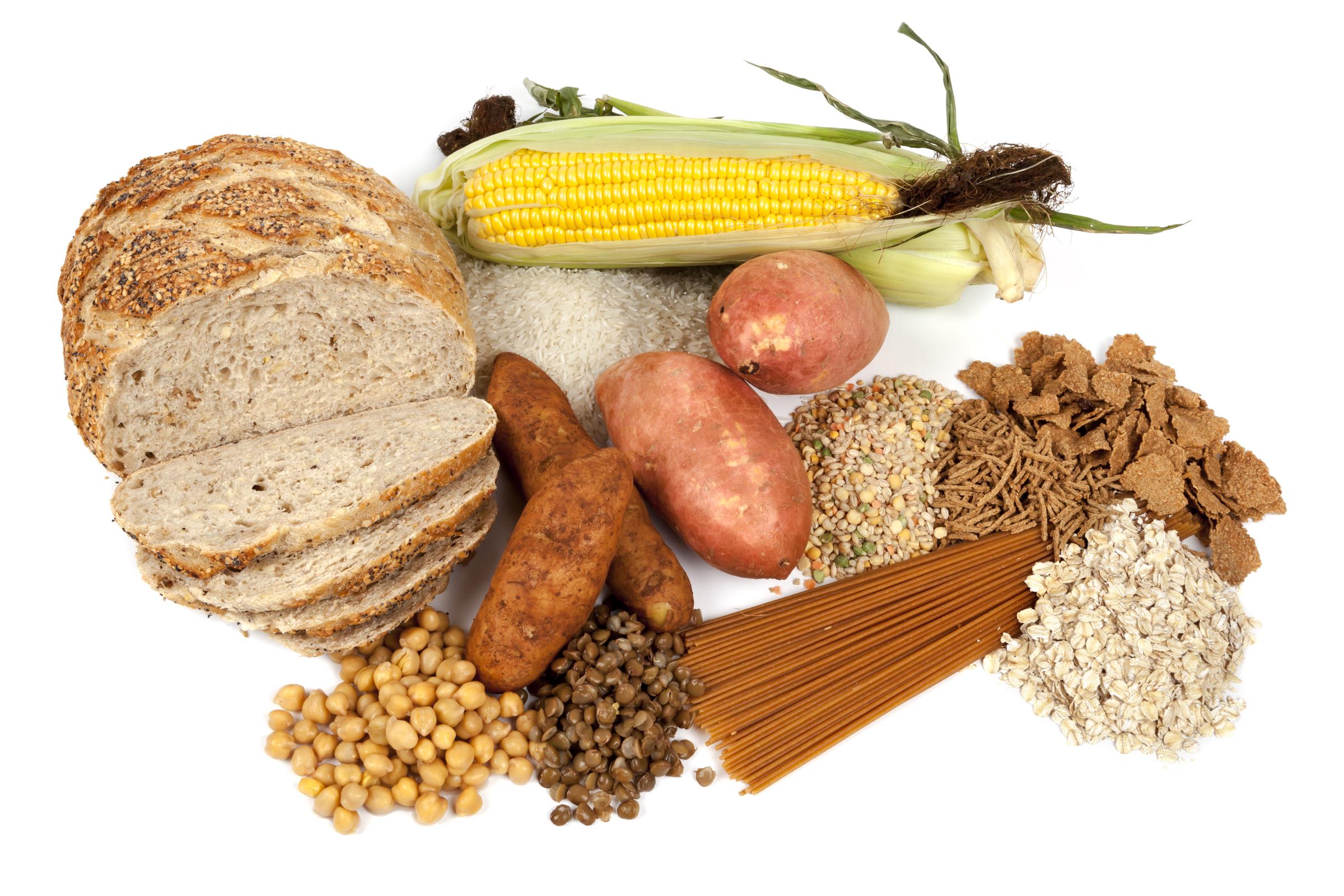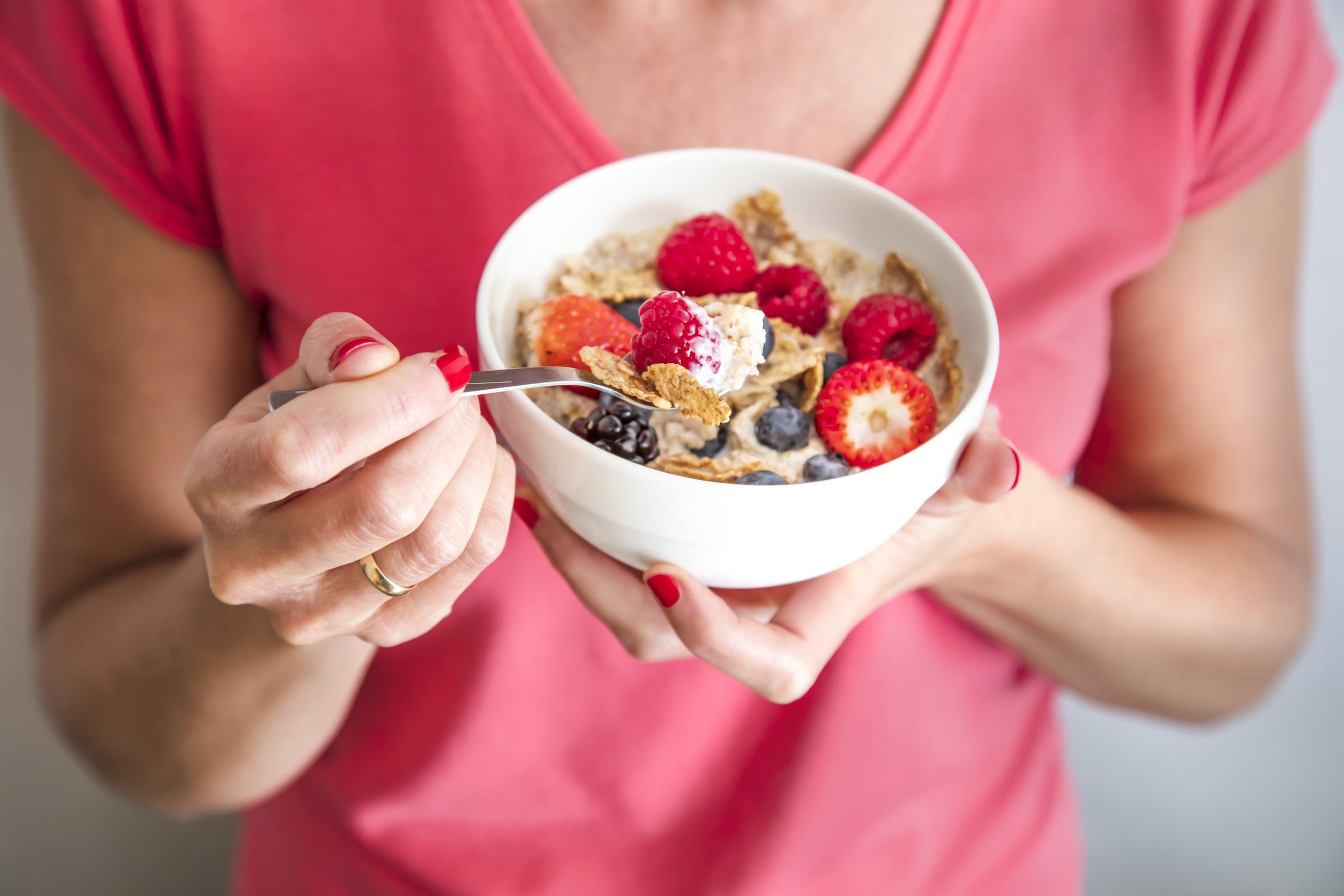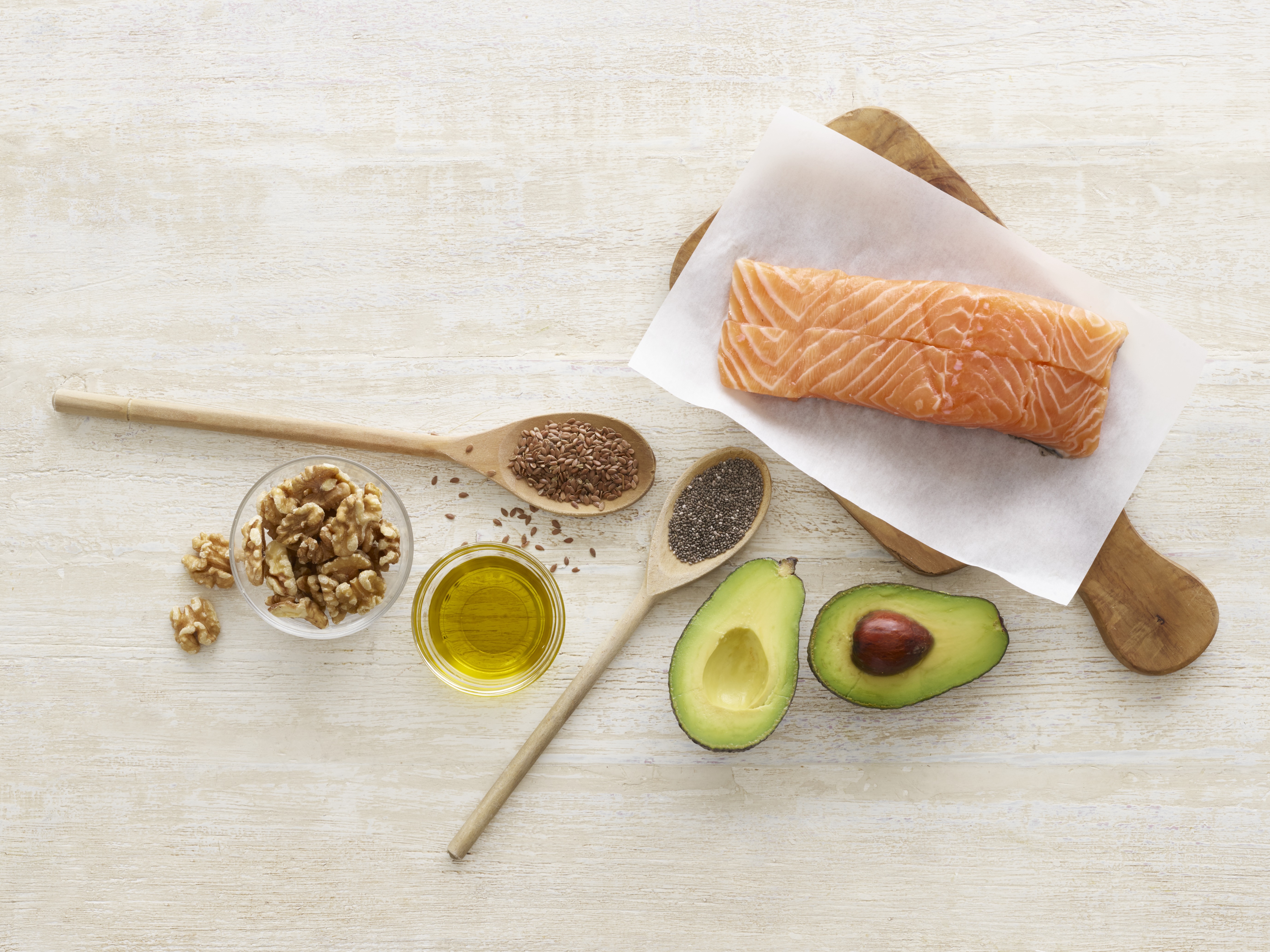
Hormone Harmony: Small Lifestyle Changes for Better Balance
While you may have heard all kinds of quick fixes to balance your hormones — no thanks to social media — you may be surprised to learn that it actually takes a full-body approach and is much simpler than many have been led to believe.
Hormonal imbalance imbalance happens when you have too much or too little of one or more hormones in your body. It's a broad term that covers a wide range of hormone-related conditions.
Advertisement

A woman preparing a hormone-replacement therapy injection | Source: Getty Images
Advertisement
So far, scientists have identified 50 hormones in the human body. These powerful chemicals coordinate different functions by carrying messages through your blood to your organs, muscles, skin, and other tissues.
They tell your body what to do and when to do it, and even slight changes in their levels can lead to noticeable symptoms or conditions that require treatment.

A woman experiencing heat stroke | Source: Getty Images
Advertisement
Conditions associated with hormonal imbalance include acne or hormonal acne, irregular menstruation, infertility, thyroid disease, diabetes, and obesity.
However, hormonal imbalance doesn’t always lead to these conditions — and symptoms can show up in many ways depending on which hormones are affected. It’s also important to remember that similar symptoms may stem from unrelated health issues.

A woman inspecting the acne on her skin | Source: Getty Images
Advertisement
Symptoms of sex hormone imbalance may include irregular or heavy periods, low libido, acne on the face, chest, or upper back, hair loss, hot flashes, and more.
Symptoms of metabolism-related hormone imbalance may include hirsutism (excess body hair), slow or rapid heartbeat (tachycardia), sensitivity to cold or heat, unexplained weight changes, fatigue, constipation, diarrhea, or more frequent bowel movements.
The following are lifestyle changes you can implement to help your body improve the imbalance. However, if your symptoms persist or worsen, it's highly advised that you pay your doctor a visit.
Advertisement

A woman talking to her doctor | Source: Getty Images
Advertisement
Small Lifestyle Changes to Improve Hormone Balance
Choose Nourishing, Slow-Digesting Carbs
Carbs aren't the enemy—your body needs them for steady blood sugar, balanced mood, and healthy hormones. Complex carbs like oats, legumes, sweet potatoes, quinoa, fruits, and whole grains digest slowly, helping stabilize insulin and support serotonin, which dips premenstrually.
Eating every three to four hours and including carbs in your evening meal may also improve sleep and pre-menstrual syndrome (PMS) symptoms.
Advertisement

Several complex carbs | Source: Getty Images
Advertisement
Be Mindful With Alcohol
Alcohol can disrupt your cycle, contribute to fertility challenges, and worsen PMS. Even regular, moderate drinking may have long-term effects on your reproductive and metabolic. If you drink, limit yourself to one daily serving or just a couple of nights per week.
Mocktails made with herbs like ginger, basil, or hibiscus can help you unwind without hormonal side effects.

Mocktails | Source: Getty Images
Advertisement
Boost Your Fiber Intake
Fiber helps more than digestion — it binds to excess estrogen and removes it through your digestive tract. Eating fiber-rich foods like chia seeds, beans, leafy greens, whole grains, fruits, and avocado can support hormone balance, gut health, and blood sugar control.
Slowly increase your fiber and pair it with good hydration to avoid discomfort.

A healthy, fiber-rich breakfast | Source: Getty Images
Advertisement
Add Omega-3–Rich Foods to Your Plate
Fatty fish such as salmon, sardines, and mackerel provide omega-3s that reduce inflammation and may ease menstrual discomfort. Omega-3s also support reproductive health and may lower the risk of preterm birth.
If you don't eat seafood, algae-based omega-3 supplements offer a plant-based, DHA-rich option.

Omega-3 rich foods | Source: Getty Images
Advertisement
Manage Your Stress and Move Your Body
Managing stress is just as important as what you eat. Chronic stress raises cortisol, which can disrupt your cycle, affect fertility, and throw off other hormones. Prioritizing movement, quality sleep, and calming habits like deep breathing or journaling can support hormone regulation and overall well-being.
Aim for at least 150 minutes of weekly activity, solid sleep, morning light, and simple relaxation practices.
Advertisement

A woman exercising | Source: Getty Images
Advertisement
Bringing your hormones back into balance doesn’t require perfection — just small, consistent changes that support your whole body. By nourishing yourself, managing stress, and tuning in to how you feel, you give your hormones the environment they need to work properly.
And if your symptoms continue or become disruptive, reaching out to a healthcare provider can help you get the clarity and support you need.
Advertisement
The information in this article is not intended or implied to be a substitute for professional medical advice, diagnosis or treatment. All content, including text, and images contained on amoMedia.com, or available through amoMedia.com is for general information purposes only. amoMedia.com does not take responsibility for any action taken as a result of reading this article. Before undertaking any course of treatment please consult with your healthcare provider.
